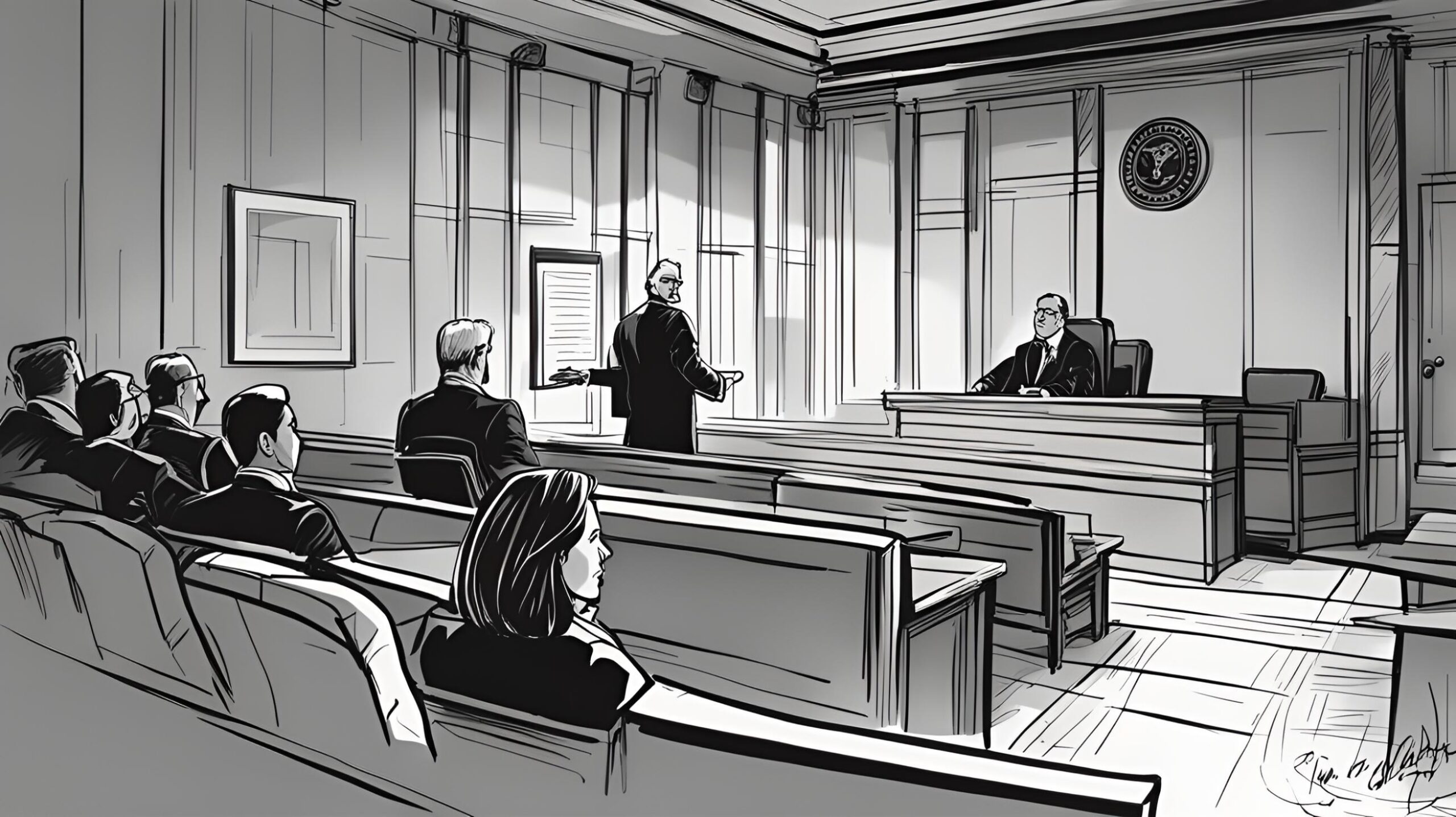Flashback to December 14
American History

1972
Apollo 17 mission leaves the moon, with astronauts Eugene Cernan and Harrison Schmitt as the last men to walk on the moon to date.
Read moreIn December 1972, a significant event in the history of space exploration occurred in the midst of the Apollo Program. Apollo 17 effectively concluded human expeditions to the moon for this era. The occupants of this final mission, astronauts Eugene Cernan and Harrison Schmitt, earned accolades as the most recent men to set foot on this lunar surface. This remarkable journey culminated on December 14, 1972, nestling into history as a noteworthy finale to NASA’s Apollo lunar landing program.
Apollo 17 was unique as it marked not just the end of the Apollo lunar missions, but also carried Harrison Schmitt, the first professional scientist-astronaut — a geologist — to land on the moon. Previous missions had been exclusively piloted by military personnel. His professional insights provided an enhanced perspective and led to more nuanced explorations during this mission.
The footprint of Astronaut Eugene Cernan, the mission commander, imprinted during the last moonwalk, remains intact on the dusty surface of the moon. As an emblem of humanity’s grand attempt to reach out beyond our planet and explore untouched terrains, his footsteps, along with those of astronaut Schmitt, are forever etched in space history.
Right before the Apollo 17 mission left the lunar surface, Eugene Cernan put his daughter’s initials, “TDC”, in the lunar regolith. This intimate act seems even more profound considering those initials might remain undisturbed for countless years in the absence of wind and water. This loving gesture became a potent memory from this historic mission, creating a direct personal connection between the grand expanse of space and an individual’s loved ones.
Cernan and Schmitt spent a record 22 hours walking on the moon during three separate ventures. Their explorations were extensively broadcasted, bringing the thrill of space to television sets across America. Apollo 17 also famously brought back the largest sample of lunar materials to date, a hefty 249.6 pounds, providing invaluable data for researchers.
Among the range of exclusive photographs taken during this mission, the one which stands out is “The Blue Marble” — a clear, full-view image of Planet Earth, shot at a distance of about 29,000 kilometers. This breathtaking image that displays our world as a blue and white globe, afloat in the black void of space, is a constant reminder of our tiny yet unforgettable presence in the vast universe.
Post-Apollo 17, no humans have returned to the moon to date, a period spanning five decades. The remnants of Apollo 17 – the Lunar Module Challenger’s ascent stage, the flag, and the Rover – all sit in silence since their last touch by human hands. This stillness kindles a sense of curiosity and a longing to explore further. The belongings left behind by Apollo 17 are like echoes from our past that keep resonating, underscoring the need for renewed efforts in lunar exploration.
Presently, with NASA’s Artemis program planning to return humans to the lunar surface by 2024, there is an intense sense of anticipation. The narrative of lunar exploration, which began with Apollo, stands on the verge of a breakthrough, looking forward to writing a new chapter in space history.
The departure of Apollo 17 from the moon on December 14, 1972, marked the end of an age and, simultaneously, sparked the beginning of an ever-evolving epoch of human curiosity and exploration. As the last men to walk on the moon, both Eugene Cernan and Harrison Schmitt hold a distinctive place in history. Their footprints and their journey continue to inspire and pave the way for a limitless future of space exploration.
We strive for accuracy. If you see something that doesn't look right, click here to contact us!
Sponsored Content

Chrysler pleads no contest…
"Chrysler's ethical debacle on…

Dartmouth College is chartered…
On December 14, 1769,…

Apollo 17 mission leaves…
The historic event of…

American Academy of Political…
The renowned American Academy…

